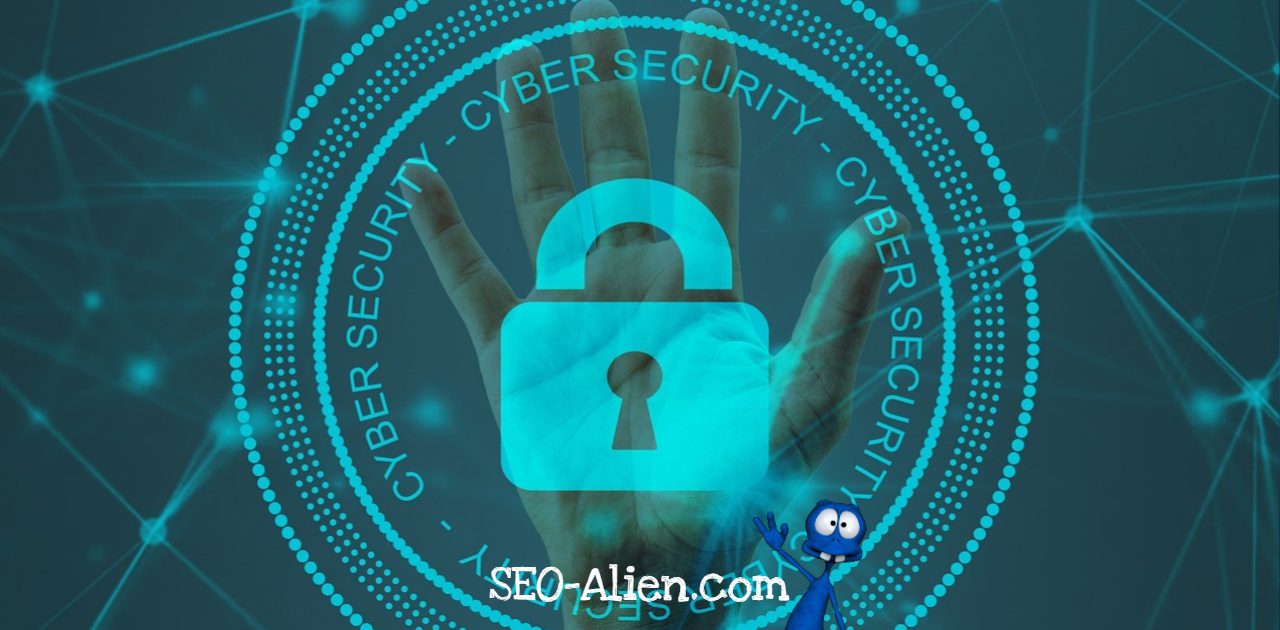Cybersecurity is needed because there are tons of private and confidential data with businesses and individuals. Moreover, everyone has the right to remain private and have a safe internet usage experience.

Without proper security measures, hackers can ruin everything that comes their way, and there are numerous techniques to do so.
Every year hackers and people with malicious intents become smarter, and the need for proper CyberSecurity measures keeps on increasing. If you are someone who does not know why CyberSecurity is needed, this next section is for you. Here, we will discuss why CyberSecurity is needed.
Why is CyberSecurity Needed?
As the world goes online, the target for hackers also becomes larger, and more people and devices need to be protected. Even a single security breach in companies can cost them $3.86 million, and this is just a monetary part of the breach. The privacy compromised of those individuals is never factored in.
Companies often lose the trust of their customers, and they also face significant lawsuits for not handling customer data correctly. Moreover, the data gained from such breaches can often have bigger impacts. Suppose a bank's system is compromised, then hackers can use the account details to make transactions on other websites and cause monetary damage.
Cybersecurity is an essential technology that helps businesses protect their own as well as customer data from hackers and malicious actors on the internet.
Having known why cybersecurity is needed, it is better if you understand the evolving trends in cybersecurity. Understanding the trends will help you save yourself from attacks and have a pleasant internet experience.
Evolving Technology Trends in CyberSecurity
-
Automotive Hacking
Today, every vehicle comes with tons of technology, and while having technology is good, it can also be a severe issue. Everyone wants connected car features through which they can access their car's vitals from anywhere, and this is the prime target for hackers. Moreover, today cars can be started and driven remotely too. If a hacker comes under the RFID range of a car, he can even make a duplicate key and then steal the car.
Many features in modern cars, like cruise control, door lock, electronic steering systems, navigation, driver assistance systems, and other things, can be hacked. As vehicles use Bluetooth and WiFi technologies to run such software systems, anyone who comes in range of your car can play with it.
That is not all. Modern infotainment systems in cars come with microphones and voice control features. A hacker can use your car’s microphone to eavesdrop on your conversations and gain knowledge illegally.
If you think of the newer self-driving cars, the threats are wider and much more impactful. Once a hacker gains control over such cars, they can drive the car around and cause significant havoc.
To combat all these issues, car manufacturers need to enhance their cybersecurity teams and stay ahead of hackers.
-
Remote Working Cybersecurity Risks
Due to the pandemic, a large number of the workforce works remotely, and more organisations are adopting remote working policies. Even after the pandemic has ended, many people prefer to work remotely, and this brings remote cybersecurity risks into the picture.
When people work remotely, they don't have access to secure networks, firewalls, and access management systems. Such gaps in the security infrastructure can lead to devastating effects.
Moreover, while working remotely, many people like to work from cafes or travel while working. In such scenarios, eavesdropping and shoulder surfing can cause password compromise and other such cybersecurity issues.
Apart from the above things, almost all employees have business instant messaging apps installed on their mobile phones. This blurred line between personal and professional data can set companies up for serious cybersecurity concerns.
If a company adopts a remote working policy, it needs to have robust security measures in place to protect itself from the flaws of working remotely. This also includes identifying threats in your networks before they spread and proactively enhancing existing security infrastructure.
-
Extended Use of AI & IoT
Cybersecurity logo created with AI[/caption]Today, more cyberattacks are happening every day than the human brain can comprehend. Due to this, more and more companies are leveraging IoT security features as well as AI-based threat detection and security tools to automate their cybersecurity processes.
 Setting up AI tools can be a bit costly at first, but it can save you far more money by preventing numerous cybersecurity threats. AI has been the leader in identifying wrongdoings, and it can process large volumes of risk data at a much faster rate than humans. Your teams may only be able to stop an attack once it is discovered, but AI systems prevent such attacks even before they happen by learning from your data.
Setting up AI tools can be a bit costly at first, but it can save you far more money by preventing numerous cybersecurity threats. AI has been the leader in identifying wrongdoings, and it can process large volumes of risk data at a much faster rate than humans. Your teams may only be able to stop an attack once it is discovered, but AI systems prevent such attacks even before they happen by learning from your data.
IoT Technology has brought tremendous advancement as well as ease in the development sector. But there is also a high risk of Cyber threats too as IoT is the least developed part in cybersecurity. There are various IoT Security challenges that need to be identified and resolved in time to avoid any major attacks.
AI tools are not only used in protecting computer systems by companies. Rather, cybercriminals also use AI in their attacks. AI can help attackers to try out many different attack combinations on a system at a much faster rate. AI & IoT are really a remarkable break-through but if not controlled in time then they can create a massive destruction in the Technology sector.
-
Advanced Social Engineering Attacks
Social engineering attacks have been trending for a long time, but remote working has taken them to the next level. Hackers and malicious attackers often pose as a higher authority person and try to make lower hierarchy employees their target. Such employees may not inquire much because of the position and power hackers disguise themselves in and give in the data or access requested by hackers.
Attackers often use SMS phishing techniques to install malware into systems and create a backdoor for them to move into the network. Though organizations are always enhancing their cybersecurity, attackers are always in pursuit of becoming smarter and more deceptive. Advanced social engineering attacks pose a large risk across the globe, and it is a trending thing in cyberspace.
-
Increased Cloud Threats
Cloud vulnerability is one of the most significant cybersecurity industry trends. Again, the pandemic's quick and broad adoption of remote working boosted the need for cloud-based services and infrastructure dramatically, with security issues for enterprises.
While cloud services provide immense benefits to each adopter, they are also a great target for attackers. When cloud services are misconfigured, there can be serious consequences. Attackers are always in search of wrongly configured cloud servers to capitalise on.
Conclusion
The trends we saw above are just the tip of the Cybersecurity iceberg. But knowing them keeps you updated with the latest in Cyber Security. Many other things will keep fearing companies in the coming years. And this will lead them to spend billions on protecting their data security and reputation.
About the Author:
The SEO-Alien is a project started in 2009 regarding all things online marketing. The site started out more of a diary of predictions, suggestions and references to things I frequently used for online marketing... before social media marketing was even an option.
I hope you find the information and tools presented here useful and something worth sharing with others.
If there is anything else about online marketing or any online advertising strategy you think would be helpful, please let me know.



